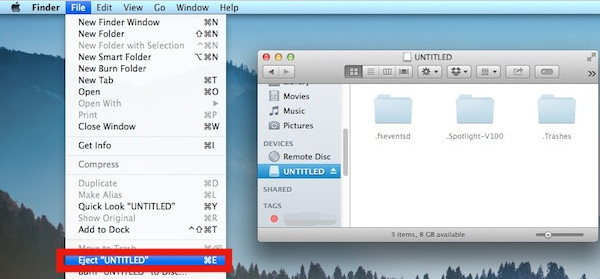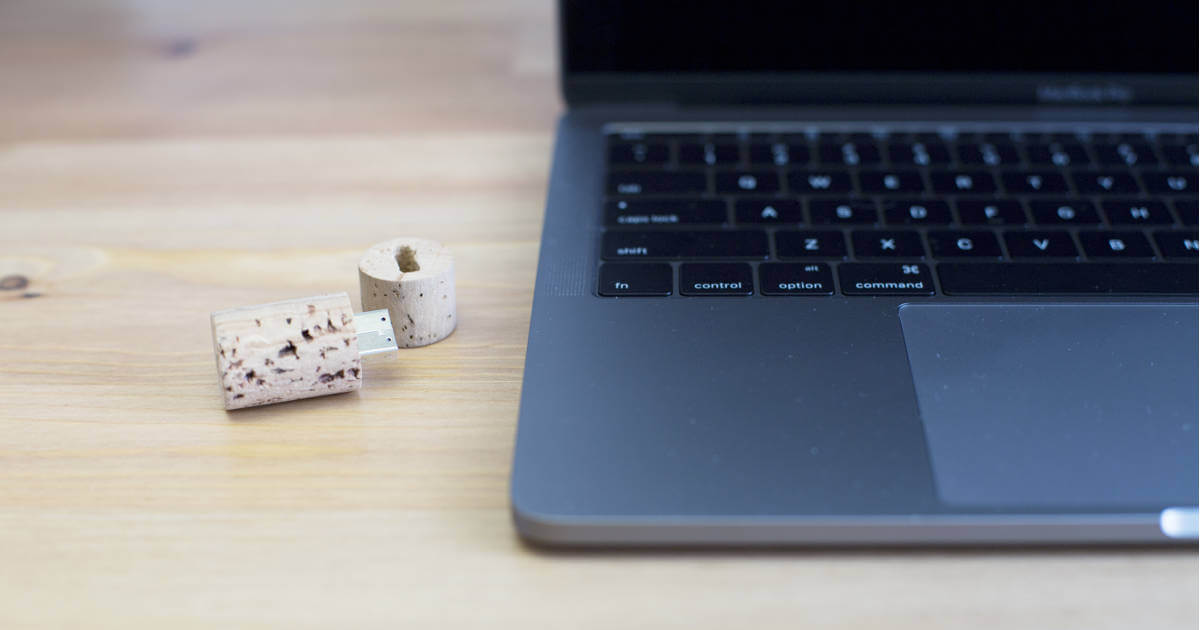

When you format a USB drive on macOS, the computer wipes all of the data off of the drive, making it a blank slate of computer memory. How long this takes will depend on how many files you have on the drive, how much storage the drive holds, and which security settings you chose.Īnd that’s it! FAQs What happens when you format a USB drive? If you’re not in a rush, the most secure option is obviously best, though you should be safe on the least secure setting, unless you have particularly sensitive data on the drive.Īll that’s left to do is press erase! Once you do this, Disk Utility will erase all of the data on your drive and format it to your format of choice.

On the least secure option, a sophisticated program would be able to recover the deleted files, and on the most secure option, it would be more or less impossible for anybody to recover the files. This brings up a slider where you can choose how deleted the files you erase from your drive really are.
USE A USB FOR MAC WINDOWS
This is a good option if you’re formatting the drive for a Windows computer.
USE A USB FOR MAC MAC
A Mac computer can read files on an NTFS drive, but it can not write files to that drive.

USE A USB FOR MAC MAC OS
Mac OS Extended (Case-sensitive, Journaled): This is the same as Mac OS Extended (Journaled), with the exception that you can give your drive a case-sensitive name (“Flash Drive”) instead of an all-uppercase name (“FLASH DRIVE”).You can’t move files to a drive using this format on Windows computers either, but you can view the files on it on a Windows computer, which is a small point for compatibility. It’s more or less the same as APFS, just a bit older. Mac OS Extended (Journaled): This was the default Apple drive format before APFS.If none of these things affects you, choose this format.
USE A USB FOR MAC SOFTWARE
However, it’s not readable by a non-Apple machine (meaning you can’t plug the drive into a Windows or Linux computer) and Macs running software older than High Sierra won’t be able to read the drive. APFS (Apple File System): This is a relatively new drive format from Apple that is now macOS’s default.If you’re not sure which format to choose, here are some pointers: You’ll see the drive’s current format already selected, like so: Next, choose the format that you’re going to reformat the drive to. You can name it anything you like, or simply leave the name the same In the sidebar of Disk Utility, click the USB drive you want to format and then click Erase in the toolbar at the top of the window.Ī dropdown menu should appear asking you to rename your drive. Next, press command + spacebar to pull up Spotlight, type “Disk Utility”, and hit return. Make sure that there are no files on the drive that you wish to keep because the formatting process will erase everything on the drive. Once your USB drive is plugged into your Mac, open Finder. Depending on which Mac you’re using, you may need to use a flash drive that has a USB C socket or an adapter from USB A to USB C. First, plug your USB drive into your Mac. The simplest way to format a USB on macOS is through the Disk Utility.


 0 kommentar(er)
0 kommentar(er)
